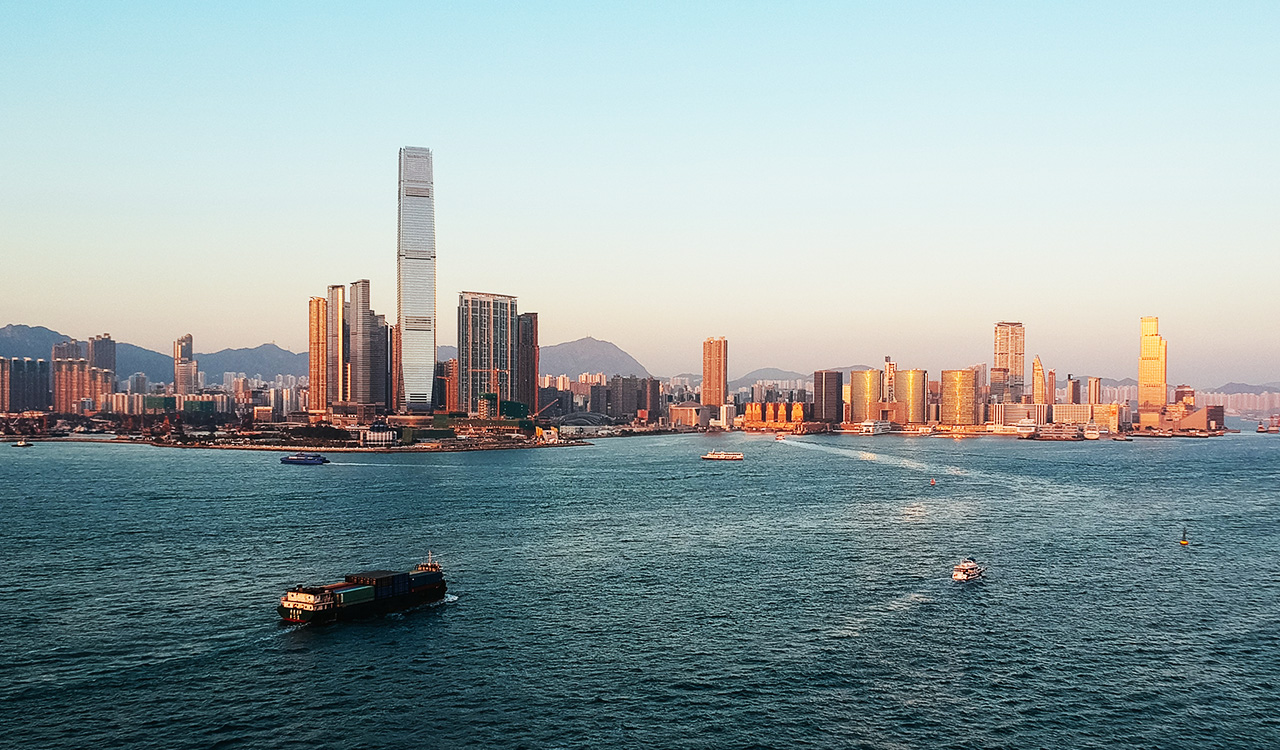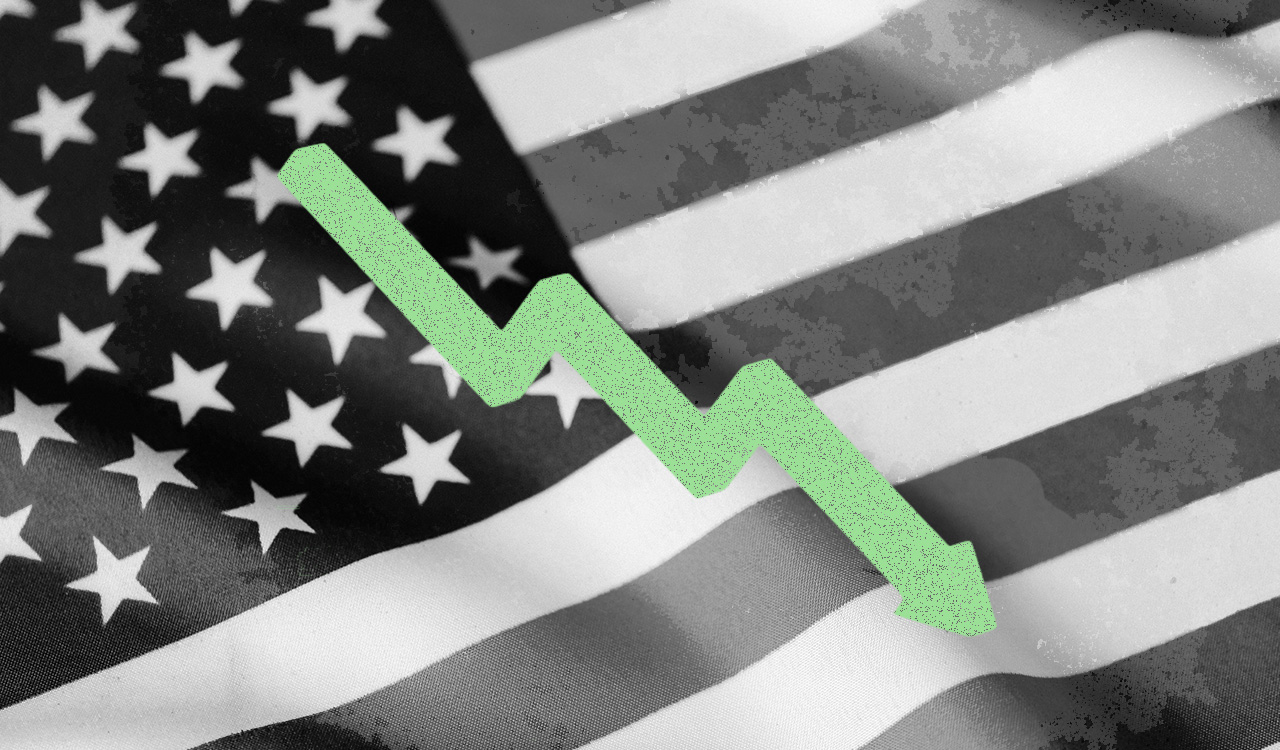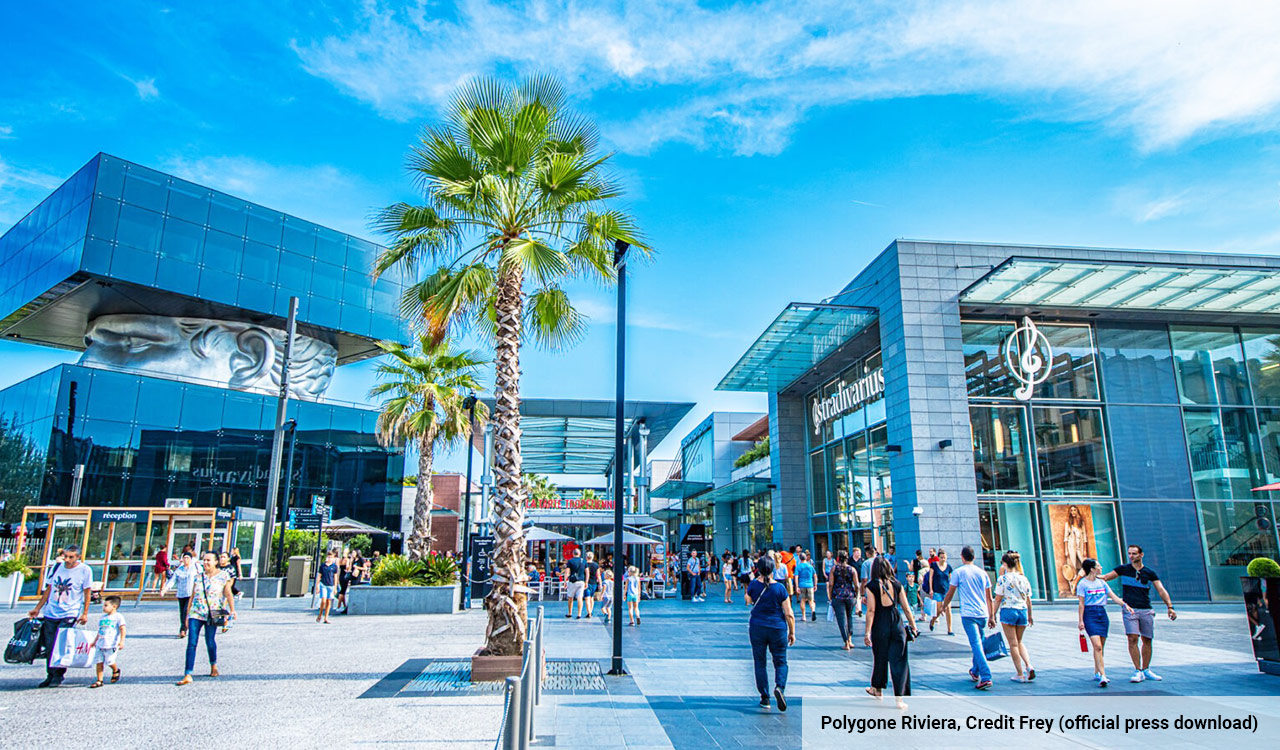Many (Western) China watchers have been foretelling the economic decline and collapse of the world’s second-largest economy for decades. This outlook, often fueled by a certain amount of wish fulfillment, has been reinforced of late by a growing list of scary economic indicators, many having to do with China’s retail economy.
The Greater Bay Area is a lynchpin in illuminating new truths about the future of China’s domestic economy. Hong Kong’s financial service sector is awash with post-pandemic mainland customers in search of insurance policies (often used by Chinese consumers as long-term investment products, and as a useful way of getting cash out of the mainland) and other retail investment products.
China’s National Bureau of Statistics has reported a 0.5 percent decline in consumer prices in November, China’s third straight month of deflation and the largest such drop since the pandemic. Consumer confidence has languished in negative sentiment territory for nearly two years, and a recent report from McKinsey found the growth in retail sales of goods in the third quarter of this year, at 3.1 percent, is far below real GDP growth of 4.9 percent. Poor consumer demand is being compounded by rising unemployment, particularly among the young (which reached over 21 percent in June, a figure so bad that the National Bureau of Statistics decided to stop issuing age-bracketed jobs data thereafter).
Reverse Halo Effect
Hong Kong’s retail sector, long dependent on Chinese tourist arrivals, is also languishing as a result. Mainland visitors to Hong Kong have decidedly picked up this year, totaling 2.7 million in October, and this has contributed to 11 consecutive months of retail sales growth, hitting HK$33.8B (U.S.$4.33B). But monthly visitors from mainland China are still far off from pre-pandemic levels (Hong Kong saw an average of 3.8 million visitors between 2013 and 2019) and October’s retail sales figures were actually the slowest growing in 2023, particularly worrisome for a month with a week-long “golden week” Chinese holiday.
China’s weakened economy has also weakened its currency, the Yuan, relative to the Hong Kong dollar (which is pegged to the U.S. dollar) by about 5 percent this year. This in turn has created a new wrinkle for Hong Kong’s retailers, as local customers are now traveling across the border to Shenzhen and other parts of the Greater Bay Areas for cheaper shopping and weekend getaways. In February 2023, China dropped quarantine requirements and since then the Hong Kong government has recorded an average of 900,000 trips over the territory’s six land crossings to the GBA, hitting an all-time high record of 5.35 million in October.
Retail as the Long Tail
Retailers in many categories have felt the pinch. “I feel the change has been very significant,” says a Hong Kong-based retailer of fine wines and spirits. “Many established clients, especially those who are retired or semi-retired, have been spending much more time North of the border on dining out, sightseeing, shopping and on personal wellbeing. We have seen them less often in our shops and hence spending less with us.”
Some of Hong Kong’s shopping migrants may simply be taking advantage of easier travel after nearly three full years of lockdown, reckons Anson Bailey, Head of Consumer & Retail Asia-Pacific for KPMG China. “These shoppers are looking for price variety, but are also looking for shiny new experiences they haven’t had for a while. This newness will gradually fade, but it is also a sign of better integration of Hong Kong into the Greater Bay Area.” Bailey notes that this GBA integration is what Hong Kong needs in the long term: “The GBA increases Hong Kong’s consumer base by a factor of ten, and it also exposes them to some of the most dynamic innovations in retail technology in the world.” He points to a recent joint venture between Hong Kong grocery retailer Dairy Farm and Wumart, a multi-brand supermarket and department store that has become one of China’s largest by pursuing a primarily digital channel strategy.
120 Billion Packages Can’t Be All Wrong
There are many signs that China’s consumption economy has not imploded and is evolving into what conventional wisdom would say is a mature and stable economy. In November, fast food giant McDonald’s repurchased a stake in its China business from a local investment partner, so it now holds 48 percent of its second-largest international business, and it plans to nearly double its storefronts in China to 10,000 by 2028. Sales figures for Single’s Day (the annual sales holiday begun by Alibaba to promote self-care consumption on 11 November and now extends over a week) were not as mindblowing as in years past, but even with the meager two percent annual growth, estimates place Gross Merchandise Value of sales in this year’s Singles Day at RMB 1.14 trillion (U.S.$161 billion)—some seven times greater than spending over the combined U.S. Black Friday and Cyber Monday shopping holidays.
China’s government has been keen to demonstrate that ecommerce is central to its economic recovery; the State Post Bureau estimates that China was on track to ship over 120 billion packages in 2023—nearly 100 parcels for each of its citizens. At the same time, the government still has an uneasy relationship with its ecommerce giants following a period of confrontation as the state sought to rein in their influence. This began in October 2020 when Jack Ma, the founder of China’s largest ecommerce company, gave a now-infamous speech in which he criticized global (and Chinese) financial regulatory practices and boasted about the disruptive capabilities of new digital banking outfits like Ant Financial, an Alibaba company which was at the time tipped to complete the world’s largest IPO days after.
That speech ushered in a world of pain for Alibaba over the next three years to follow. The Chinese government suspended Ant’s IPO and launched waves of anti-monopoly investigations and regulatory actions against the parent company, resulting in billions in fines and Ma’s near-complete separation from the business.
Services, Please
Hong Kong is no longer as much of a luxury shopping magnet for mainland visitors for two primary reasons. Luxury VAT rates have steadily been reduced over the last decade in the mainland, reducing the bargain arbitrage that a shopping trip to Hong Kong offers mainland shoppers. Second, in recent years richer mainland Chinese consumers have been skipping over Hong Kong and traveling to Paris or Milan to get their luxury hits at the points of origin.
Still, the Greater Bay Area is a lynchpin in illuminating new truths about the future of China’s domestic economy. Hong Kong’s financial service sector is awash with post-pandemic mainland customers in search of insurance policies (often used by Chinese consumers as long-term investment products, and as a useful way of getting cash out of the mainland) and other retail investment products. Hong Kong’s Insurance Authority recorded some HK$31.9 billion in insurance premiums from mainland investors in the first half of 2023, 31 percent of the value of all premiums sold in Hong Kong, and over 20 percent higher than the value sold last year.
The owner of an educational consultancy in Hong Kong says mainland clients are increasingly seeking a greater depth of expertise for overseas college placement services. “It used to be that parents would simply pull out their checkbooks and ask, ‘How much to get my kid into Oxford?’ Now, they are looking for more sophisticated coaching on extracurricular activities and ways to build a better academic resume for their children.”
The wine merchant concurs, “I tend to sell mostly to a local clientele, but we have noticed more Mainland Chinese visitors. If we offer better service and prove to be more knowledgeable and reliable, then we can still compete for that customer. There may have been a drop off in high-end wine spending due to the mainland’s social and economic climate, but there is still much demand for everyday consumption.”
High-Speed Access
Others see that even with slower regional customer growth, “The GBA means there are over 70 million middle-class consumers who can get here within two hours on high-speed rail,” says the Hong Kong president of a multinational merchandising and entertainment brand. He adds that mainland tourists are still outspending others by a factor of four. “They are looking for authentic and unique experiences, and Hong Kong can still offer that.” Of course, the opposite is also true for Hong Kong consumers, which means other GBA destinations still present a competitive threat. “I believe high-end and luxury brands are still well insulated in Hong Kong because of tax and authenticity issues,” the wine merchant observes, but adds “however, Shenzhen is announcing a tax rebate scheme for Hong Kong shoppers.”
In Hong Kong and globally, retail players (and not just fashion and luxury) are still clinging to the hope that China will resume its previous era of go-go impulse buying and conspicuous consumption. This is unlikely to happen, but it may be a sign of the domestic Chinese economy’s resilience and an opportunity for Hong Kong retailers rather than another threat. Chinese consumers are still the world’s largest consuming class, and despite recent economic knocks to their confidence, most are still secure with high savings and low personal debt. China’s ecommerce leadership has also made the Chinese consumer the savviest, most digitally native shopper in the world, and armed with insight and experience, the Chinese consumer is now shopping more for experience and meaning, rather than for bling.
Hong Kong’s consumers, still struggling in a sluggish economy, may be looking for more deals than their mainland counterparts, but increasing flow across the Greater Bay Area need not be a zero-sum game for local retailers. What unfolds in 2024 remains to be seen.




